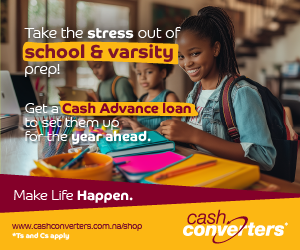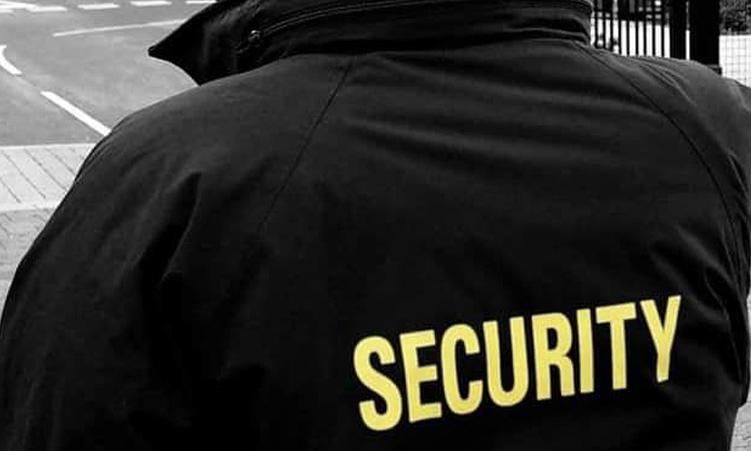Construction has started at the Dâures Green Hydrogen Village and is expected to be completed by March next year in preparation of Namibia’s green hydrogen industry.
The pilot project facility situated outside Uis will be the centre of ammonia production in the country.
This was revealed by Dâures Green Hydrogen Village Consortium chief executive Jerome Namaseb during a media engagement at the site recently.
“We expect operations to begin in June 2024,” said Namaseb.
The site will see the production of 100 tonnes of ammonia and 1 100 tonnes of ammonia sulphate per year in the pilot phase, which is expected to run from 2023-2024.
Earlier in the year, the major challenge faced by the project was water, although a solution is underway as the site will be using groundwater in the short term.
“We will be using groundwater and this water cannot be used for anything else, because of the high salinity, so we have to use a reverse osmosis system,” said Namaseb.
“The reserve osmosis system should be delivered on site by the end of January, which is our short term water solution for the site.
Namaseb added that a longer term plan is to either get water from the ocean, which is 50km in a straight line from the site, or the Erongo Desalination Plant, which is 130km from the site.
“We have commenced a feasibility [study] for the provision of water for industrial production, because for the production of green hydrogen, desalination of water is the only option and that is the long-term vision for the project in terms of water,” said Namaseb.
The project estimates it would need 2,2 billion litres of water and currently there are seven boreholes that have been drilled.
The village will also have one of the largest greenhouses, according to Namaseb.
He said this will be a smart greenhouse that will use 30-40 cubits of water per day, of which 30% should be recycled.
“We will be using bags to grow produce and this will allow for about 90% A-grade products and only about 3% waste,” said Namaseb.
There are currently 160 people working on the site who are locals and a total of 22 small and medium enterprises (SMEs) have been appointed throughout the lifetime of contracts, which represents 20% of project value.
“Seven SMEs have been locally procured and we know this is a 100% Namibian youth-owned project and, therefore, should take pride in it,” said Namaseb.
The pilot phase has been fully funded by the German government through a N$220 million grant.
The pilot plant will be used for research and serve as proof of concept.
Dâures Green Hydrogen Village is 90% owned by Enersense, which leads the Dâures Green Hydrogen Consortium, and 10% by community groups. The community groups include the Dâure Daman Traditional Authority and Tsiseb Conservancy.
Stay informed with The Namibian – your source for credible journalism. Get in-depth reporting and opinions for
only N$85 a month. Invest in journalism, invest in democracy –
Subscribe Now!









